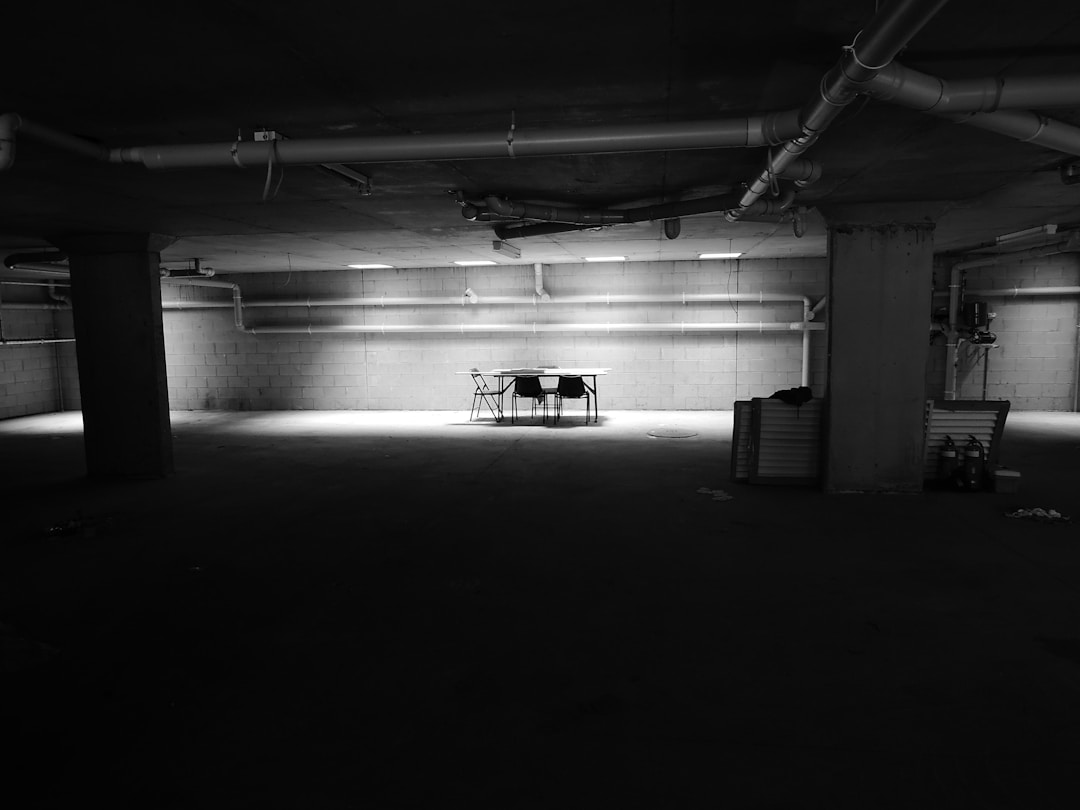Landlords face a variety of setbacks and potential sticking points as they continue to manage properties they own. Becoming a landlord is a great way to create investment income in a hurry, but maintaining a property that continues to pay you on-time dividends isn’t always simple or straightforward. With these three challenge areas in mind, becoming the best landlord you can be and earning your income fast and effectively can be made just a bit easier.
1. Amenity Breakdown

Amenities in the home break down from time to time. Whether you’re the owner of a residential or commercial real estate property, you will have to deal with a broken refrigerator, a roofing leak, flooring replacements, and much more. These are unavoidable costs of doing business, but the way that you approach any renovation or repair work can play a major role in signaling other problem areas in the future.
Hiring a contractor with years of experience to conduct essential repairs on the property is a must for any landlord, but choosing when to enact these repairs can produce long-running knock-on effects. The roof, for instance, is one space in which there really is no place to hide. If your tenant contacts you about a roof leak or worse, you have to act on the issue with haste. This is done to benefit that tenant, of course, but also in order to protect your investment from further damage. With Castle Roofing Company on your side—or an equally talented roofing contractor in your local area—getting the job done right the first time is fast, affordable, and effective.
Real estate investors like David Lindahl know that fast fixes for these and other problem areas can present a crossroads for tenants unlike any other experience they have on the property. A landlord who’s amenable and quick is likely to maintain a better relationship with their renters and keep repeat leaseholders in the property for longer. On the other hand, a landlord who refuses to fix a simple issue in a timely manner—or at all, in some cases—risks losing their tenant at the end of the lease or perhaps earlier. This forces a landlord to pay for the costs associated with securing a new tenant, and this could take days, weeks, or even months to accomplish.
2. Empty Properties

There are a number of reasons why a property might sit empty, but many of them fall back on the landlord themselves. Real estate success demands low turnover and short vacancy periods. If you aren’t collecting rent on a property, then it’s costing you money instead. The swing is vicious and can be unexpected for those who own multifamily homes, commercial real estate buildings, and everything in between. Real estate investors get into the game in order to build a long-running second income that doesn’t take many active working hours, but when your property sits idle, you suffer on both fronts. You’ve got to search for a new renter and pay out the costs of managing the property from your own personal finances.
An empty property is one that costs you in more ways than one.
3. Destructive Tenants

A sour relationship with your tenants can lead to renters who don’t respect your property or choose not to pay rent on time. Most renters will follow the structure set out in their lease agreements no matter how they feel about you, but a select few become vindictive when they are upset, and it can be incredibly difficult to identify one from the other when signing a lease agreement. Moreover, a property that has been damaged will require repairs that can set back your timeline on leasing the property to a new resident or business. Maintaining a good relationship with your renters is the first thing that many mentor figures in the United States and beyond will push when teaching seminars or classes.
With these in mind, getting your real estate business right is far easier.
